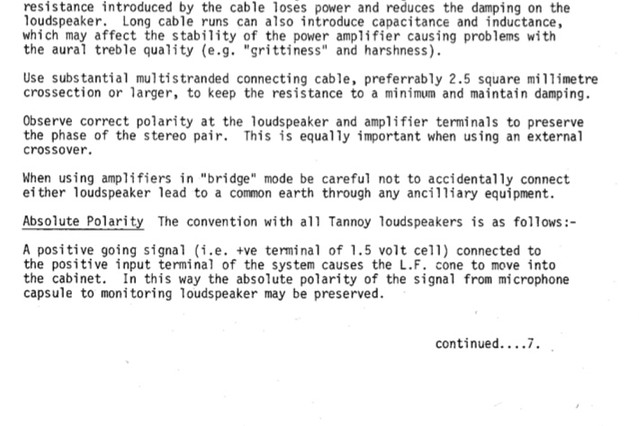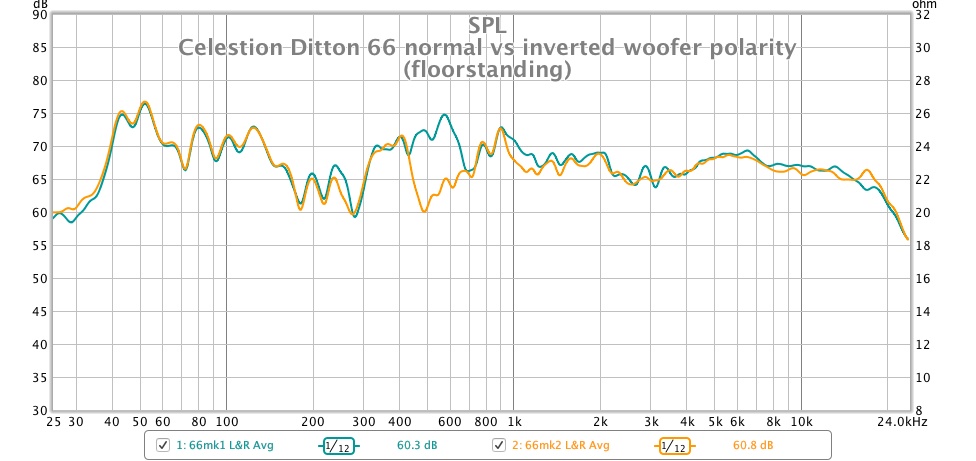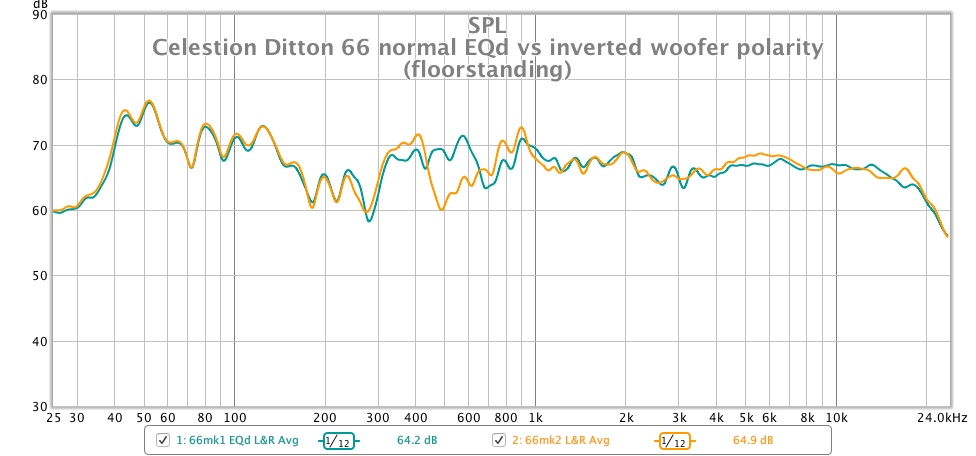ToTo Man
the band not the dog
I have inverted the polarity of the bass driver in one of my Celestion Ditton 66s and I think I prefer the new tonal balance with woofer polarity inverted; the midrange now sounds slightly more forward with less upper-bass bleed. I have posted measurements here.
I don't yet hear any downsides to the inversion, apart from perhaps the "outside of sweet spot" tonal balance no longer being quite so even (I've not yet measured this so it's purely a hunch), but this doesn't really concern me as I always listen in the sweet spot.
I've been trying to detect changes in transient response between the two wiring configurations but am struggling to hear a difference. I'd therefore be grateful for a recommendation of a test track(s) that makes it most obvious for an unskilled listener to hear the difference between sucking and blowing (...and no links to video content, please! )
)
I don't yet hear any downsides to the inversion, apart from perhaps the "outside of sweet spot" tonal balance no longer being quite so even (I've not yet measured this so it's purely a hunch), but this doesn't really concern me as I always listen in the sweet spot.
I've been trying to detect changes in transient response between the two wiring configurations but am struggling to hear a difference. I'd therefore be grateful for a recommendation of a test track(s) that makes it most obvious for an unskilled listener to hear the difference between sucking and blowing (...and no links to video content, please!




